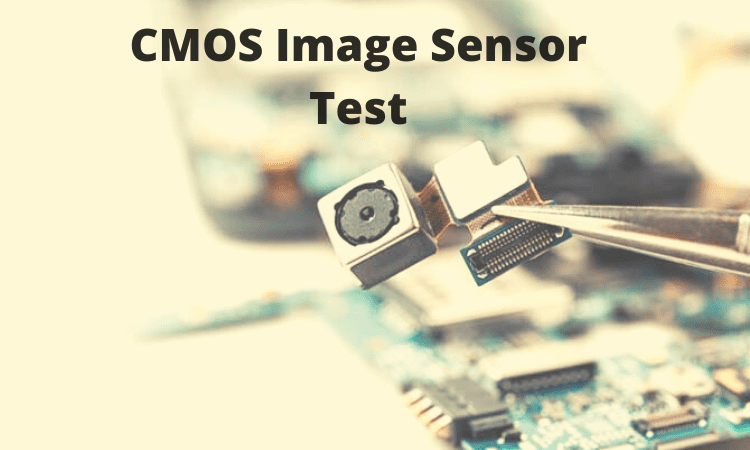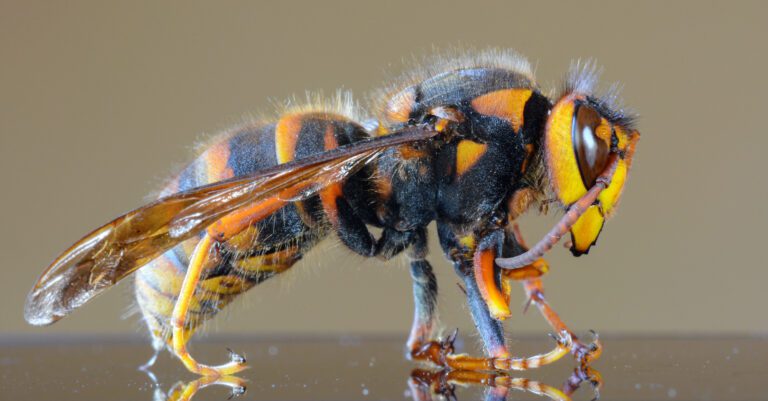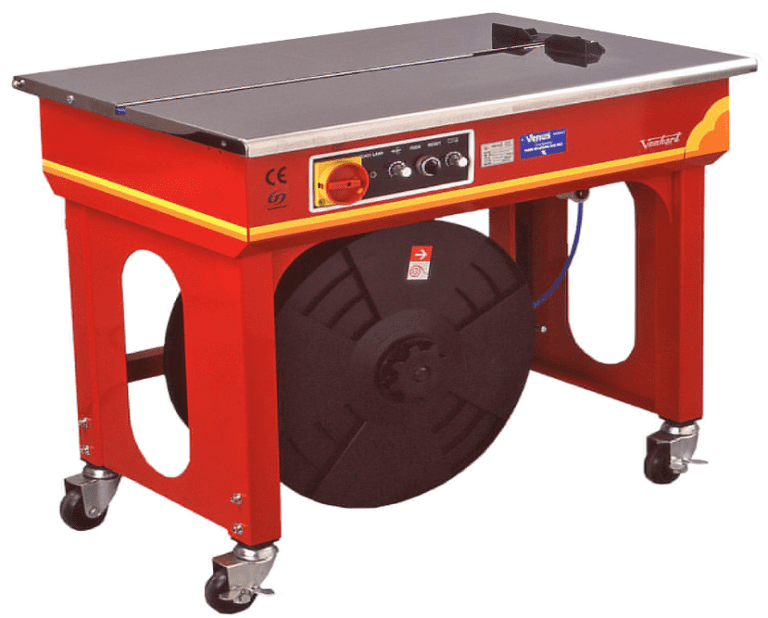CMOS Image Sensor Test Environment | Rising Demand
CMOS aka (Complementary Metal-Oxide-Semiconductor) has been used in testing since the invention of microfabrication methods. For many smartphone manufacturers, the CMOS Image Sensor test has become an important part of the testing process. Why do you think that is? CMOS technology is used in today’s mobile phones and digital cameras to create image sensors.
CCD (Charge Coupled Device) is also equipped in today’s camera-based devices, in addition to CMOS. Both semiconductor devices use photodiodes, but the fabrication process and signal readout are different. The market has placed a strong emphasis on high-quality cameras, and the CMOS image sensor has improved to give more accurate testing findings. The main purpose of these sensing devices is to take phone camera quality at DSLR level and it is actually becoming real. Below is a list of technical aspects related to CMOS image sensor test units.
CMOS Testing Expectations
● Fast Data Processing
A photodiode and CMOS transistor switch are included in the complementary metal-oxide-semiconductor, allowing pixel signals to be amplified. When compared to a CCD sensor, the CMOS sensor allows for individual and direct access to pixel signals at a significantly faster rate. This is why, in order to experience a quicker data rate, many manufacturing firms are looking for CMOS automated test equipment.
● Cost-effective
CMOS image sensor testing is, in fact, less expensive than CCD image sensor testing. The CCD sensor employs high-voltage analogue circuits, but the CMOS sensor does not.
● Beam Splitter Testing Performance
Beam splitter testing is possible using a CMOS sensor. Light flows through it and is separated into three primary colour components. The primary colours are then displayed onto the camera’s CMOS sensor. The white light passing through a prism is plainly visible. The light is then separated into its colour components and emitted from another side. The testing reveals the cameras’ quality and precision.
CMOS Testing Significance For Smartphones
● Biosensors Verification
A microscope is useful for objects that are difficult to see with the naked eye. The microscope’s set of lenses aid in the diagnosis of the condition. In 2007, it was revealed that the cameras on mobile phones can catch images from a microscope’s ocular lens. Following then, numerous imaging systems are introduced with the use of CMOS to satisfy the demands of detection problems.
● Improve Macro Shots Quality
To differentiate themselves from competition, every business strives to increase the smartphone-based microscopes quality. How can you tell whether something is of good quality? Again, semiconductor testing is performed to ensure that all of the lens’ elements are functioning properly.
● Evolve Image Functionalities
The increasing number of camera holes in smartphones has highlighted the necessity for high-resolution photos that are also professional. To detect the functions of each camera, CMOS testing is essential. For example, to assess the quality of low-light photographs.
Camera is currently the center of focus for all smartphone companies right now. Smart composition of macro and micro lenses with new technologies is possible only with the help of highly efficient CMOS image sensor test systems.







